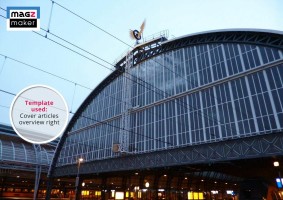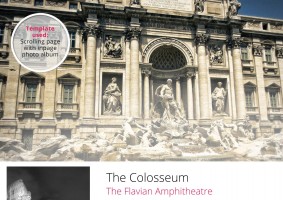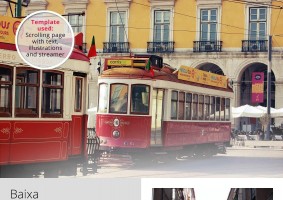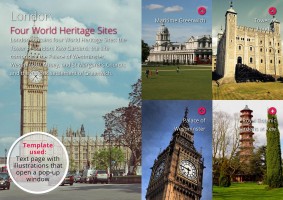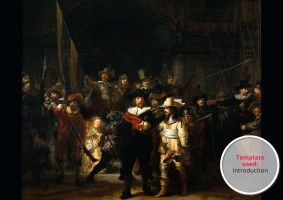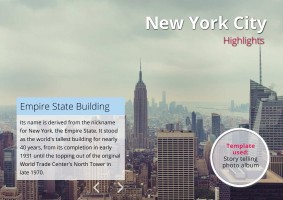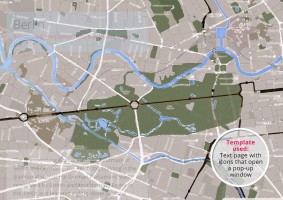Berlin - Template:Text page with icons that open a pop-up window
Klik op het menu voor inhoud en andere functies.
Gebruik de pijlen aan de zijkant om door het magazine te bladeren.
Gebruik de pijlen aan de zijkant om door het magazine te bladeren.
